The Time Traders and Galactic Derelict by Andre Norton Book Review
Andre Norton was a prolific mid-century science fiction and fantasy author who is listed in Gary Gygax’s Appendix N, but despite her popularity I was entirely unfamiliar with her work. To rectify that, I picked up the 2000 Baen omnibus edition titled The Time Traders [Amazon link] that contains the orignal 1958 novel The Time Traders and its sequel Galactic Derelict.
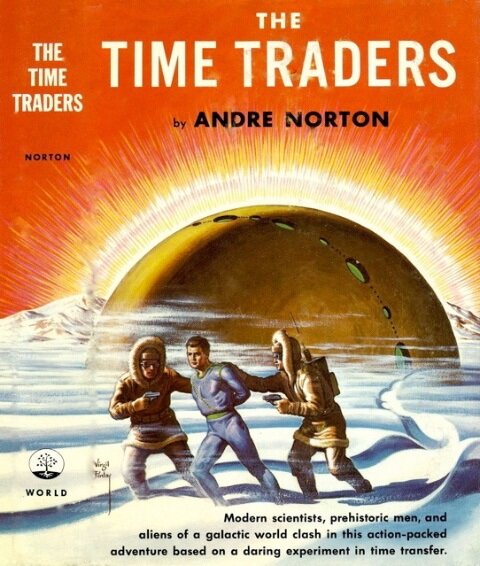
The Time Traders by Andre Norton (1958) Cover art by Virgil Finlay
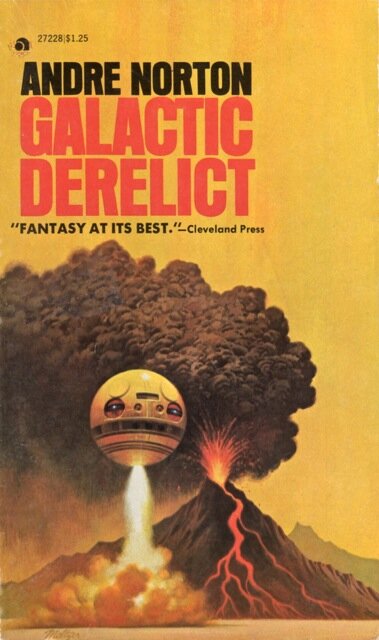
Galactic Derelict by Andre Norton Cover art by Davis Meltzer
I am glad that I got the omnibus edition, as I found the original The Time Traders only okay, while Galactic Derelict had a better structure and execution. To me, The Time Traders felt like a somewhat generic adventure novel of the era, with a protagonist from the wrong side of the law getting into a series of fantastical adventures involving time travel and secret government projects. The plot structure felt almost episodic, as Ross Murdock, a rebellious young man given a chance to escape prison by volunteering for a dangerous but critical mission, repeatedly gets into a jam, and then gets back out again through some combination of luck and grit.

What interest there is in the novel comes from the anthropological descriptions of the Bell Beaker and Axe Cultures that populate the past world Ross is transported to. Part of the enduring appeal of this branch of the literature of fantastic adventures is that many authors managed to usefully instruct the reader in some interesting topic while writing a story that otherwise resembles a Western. What is now called hard sci-fi has contracted down to mostly physics and engineering, but as Norton here shows us, anthropology and archaeology are fit subjects for this kind of fiction/non-fiction hybrid.
Since Norton wrote The Time Traders, the biggest addition to the field has been the ability to use ancient DNA to trace the movements of people through the world. Norton’s description of the invasion of the Battle Axe culture among the hunter-gatherers of southern Scandinavia matches up pretty well with what the DNA tells us: the Battle Axe Culture newcomers killed almost everyone who was already living there. There was a period in the mid-twentieth century when archaeologists liked to claim this wasn’t so, but the adventure novelists ended up having a better idea of what life was like then than some scientists.
The 2000 Baen edition of The Time Traders was edited by Norton to replace references to “the Soviets” with “the Russians” and to update some references to spaceflight, as she felt that intervening events had moved beyond the initial setting. However, the very premise of the book is about the most Cold War thing ever: a grand secret project of vast expense run by scientists and adventurers racing to gain any advantage possible over an ideological enemy. Just changing the name of the enemy and moving the book forward a few decades doesn’t change the geopolitical context.
Galactic Derelict follows directly on the events of The Time Traders, but introduces us to a new protagonist, Travis Fox, an Apache working as a ranch hand in Arizona. I am of course a sucker for any book that uses Arizona as a setting, but Travis is an interesting character, a bright man who is proud of his heritage, but feeling trapped in the modern world which dismisses him and his ancestors.
Travis stumbles on the workings of the secret project in the desert, but Ross and crew find him a congenial soul and recruit him instead of imprisoning him. This is possible because even in the Cold War, not every project was run like the Manhattan or Apollo projects, grand testaments to the power of the Gantt chart and the form in triplicate. The time travel project is run like China Lake in the 1950s, small, informal, and efficient. They vet Travis in a day, checking to make sure he isn’t a Russian plant. From that point, the structure of the novel is much the same as the first, but it flows better in my opinion.
There are another four novels in the Ross Murdock series, and using the series rating methodology in my post What authors like versus what readers like, I see the star ratings going up after the first book, matching my assessment of book 2 and suggesting that books 3-6 would be as enjoyable as book 2.
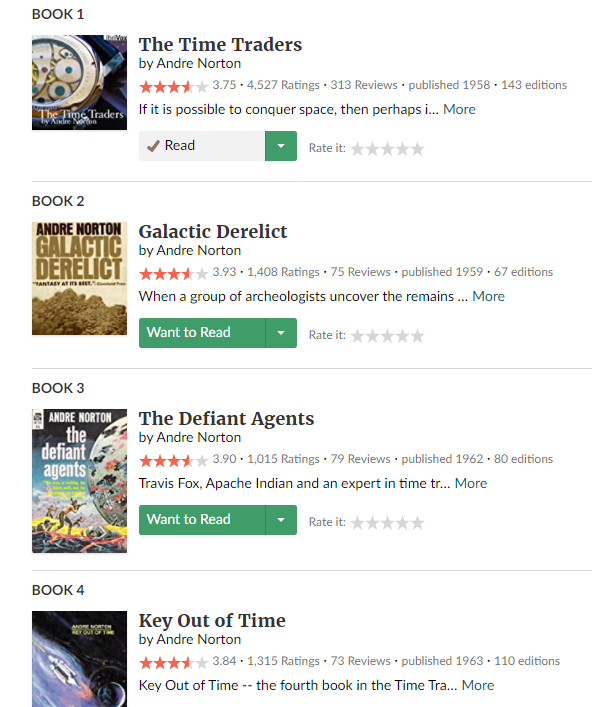
Overall, this was a fun 1950s style adventure novel, and if you’ve never tried such a thing and are curious, make sure you get the omnibus with the first two novels in it, as the second one is a better example of the style, and Amazon has it for free. I’m going to check out some more of Norton’s work after this.
My other book reviews | Reading Log
Other Pulp Adventures
Adam Lane Smith Gideon Ira: Knight of the Blood Cross
JD Cowan Someone is Aiming for You
Daniel Humphreys Fade: Paxton Locke
Misha Burnett Bad Dreams & Broken Hearts
Appendix N
A. Merritt. The Moon Pool
Leigh Brackett. The Coming of the Terrans
C. L. Moore. The Best of C. L. Moore
Robert E. Howard. The Savage Tales of Solomon Kane
Fritz Leiber Ill Met in Lankhmar
H. Beam Piper Space Viking
H. Beam Piper Lord Kalvan of Otherwhen
Robert E. Howard The Savage Tales of Soloman Kane
Jack Vance The Dying Earth
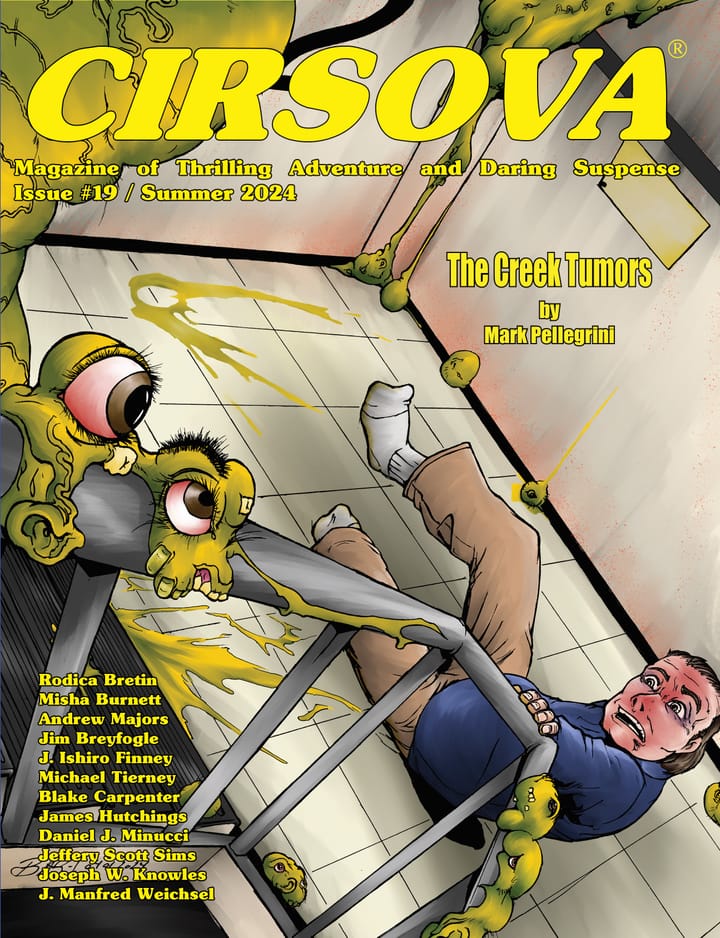
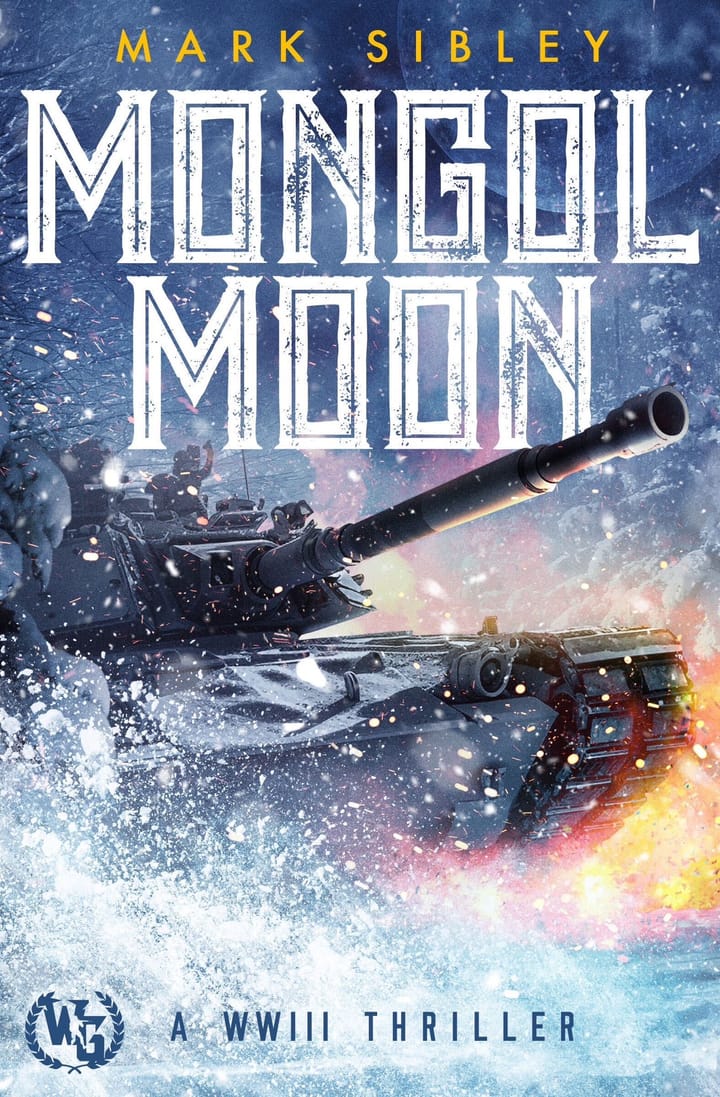
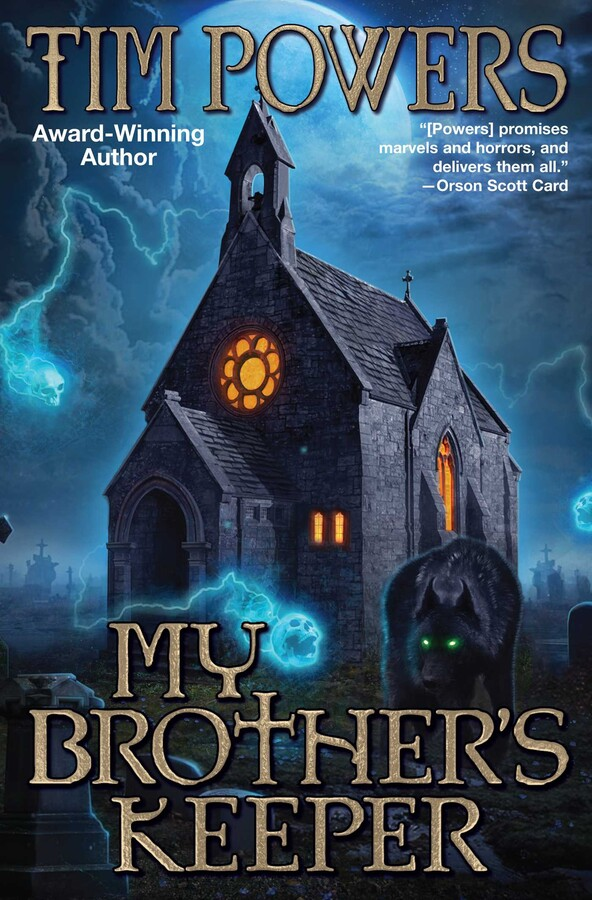
Comments ()